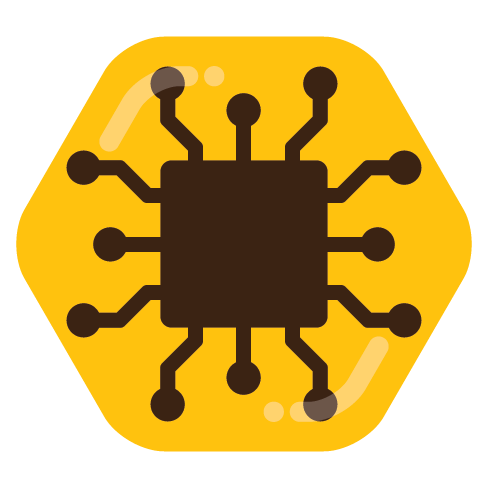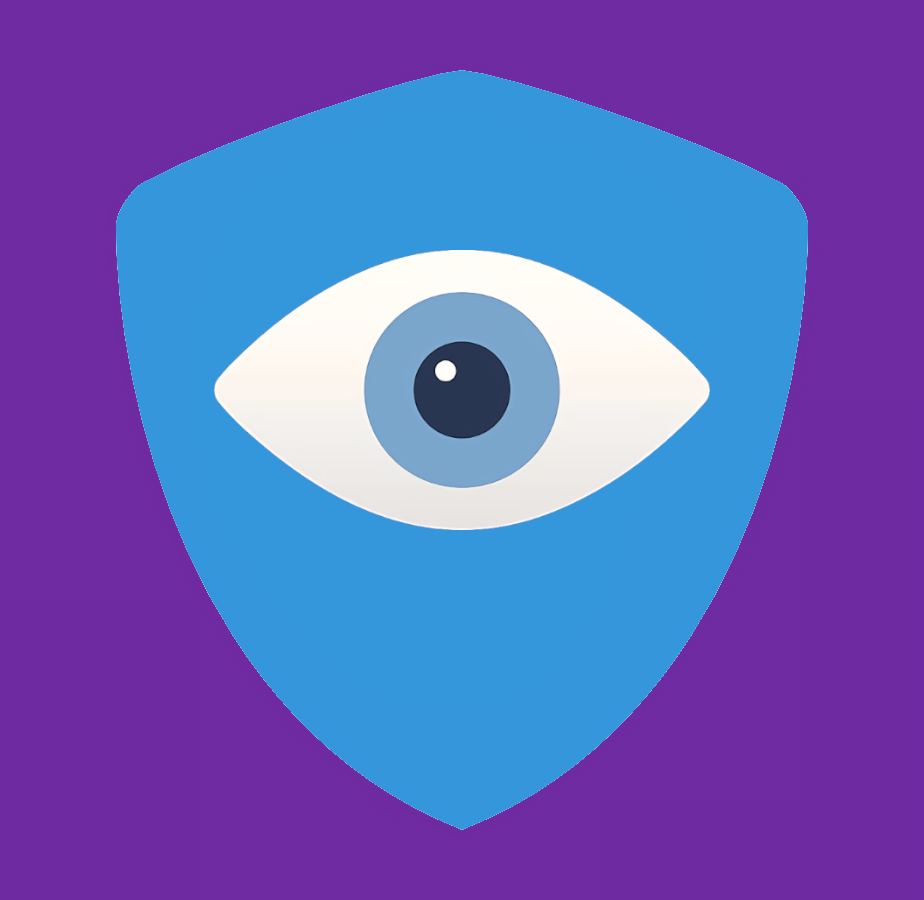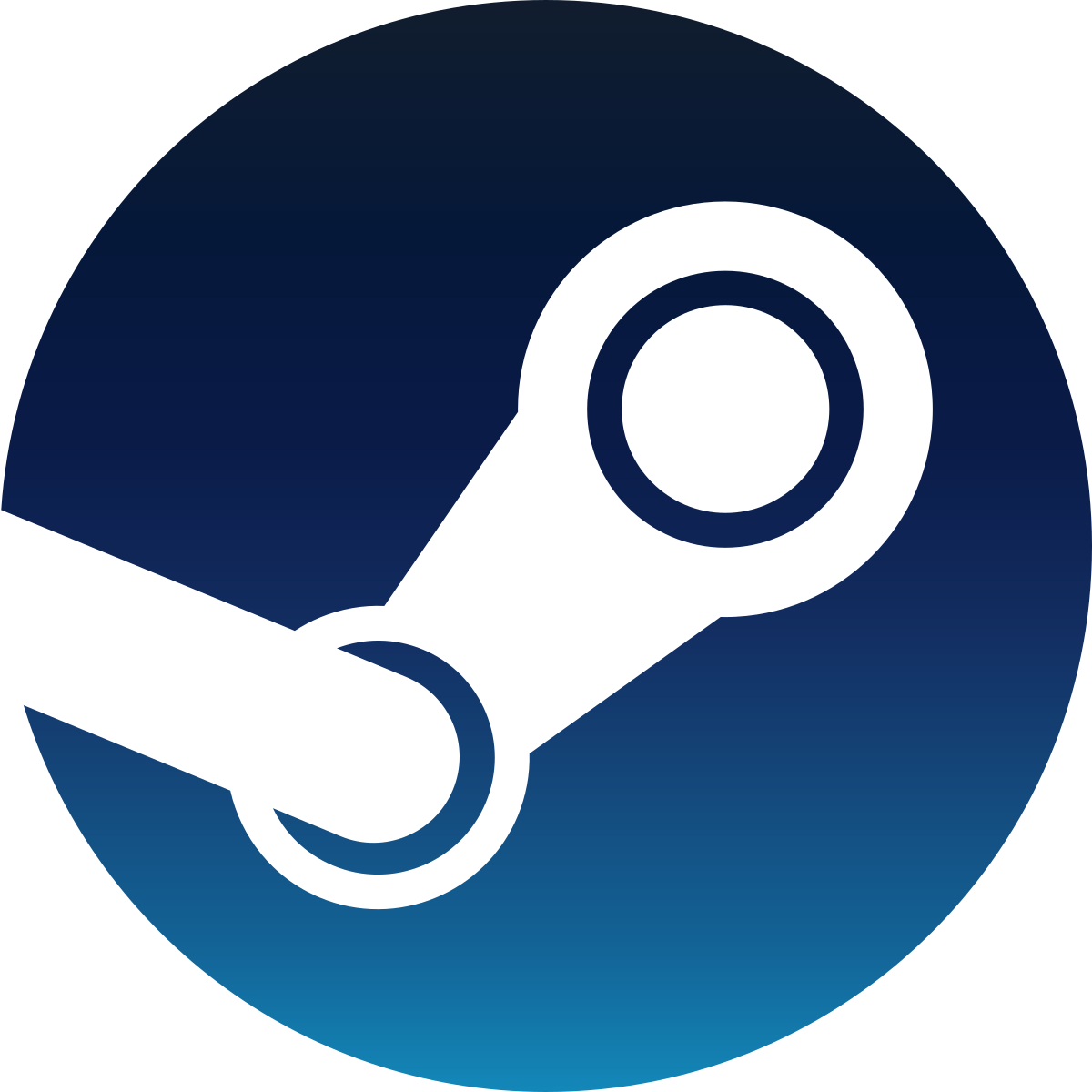- 1 Post
- 51 Comments
What did you have to change for VRR? I’m also having an issue where I need to force the EDID and haven’t been able to get VRR
Looks like a whole bunch of conversation about this topic can be found here:

 3·11 days ago
3·11 days agoTake note this is an informal blog post, I somehow thought this was “official”… but it’s just sort of a rambling update on various items. Still good insider info
If you go public you will be enshittified

 31·1 month ago
31·1 month agoArchive.org is essential. I donate regularly, they are a key part of the infrastructure of the internet now…

 1301·1 month ago
1301·1 month agoSo, basically shitposting poisons AI training. Good to know 👍

 11·1 month ago
11·1 month agoIs this secure drive erasure 🤔🤔🤔
I used to use this, you can turn the audible alarm all the way off and just use the shaker!
https://www.amazon.com/Sonic-Alert-SBB500SS-Extra-Loud-Flashing/dp/B000OOWZUK
If you haven’t I would join the Matrix space, really helps when there’s a gap in the docs!
Server https://github.com/LizardByte/Sunshine
Client https://moonlight-stream.org/
The game/screen is captured and streamed to the client, and screen size doesn’t matter. I tried playing Elden Ring on my phone and it worked 😂 although touch controls were shit

 6·2 months ago
6·2 months agoIf you are experience flickering in apps and your windowing system is Wayland, there is likely a fix coming this month in the next NVIDIA patch. And, Gnome and KDE either already have or are working on their side. Here’s a good jumping off point to understand why Nvidia support for Linux is essentially incomplete until this gets flowed out to all users: https://www.phoronix.com/news/Explicit-GPU-Sync-XWayland-Go
Gamescope is a Valve thing that is also related, helps make stuff work on Linux
I use openSUSE Tumbleweed and it has BTRFS and snapper (snapshot manager) set up by default, with all necessary system subvolumes already created. It’s been a great experience for gaming so far, and actually the best experience with NVIDIA drivers I’ve had! All you would need to do is create a separate BTRFS subvolume and snapper config for your games folder and you’d be good to go, without worrying about any other setup! No need to use EXT4 at all. Additionally, there is very detailed snapper documentation on the openSUSE website.
Additionally, you can get support from the community in the openSUSE Matrix Space: https://matrix.to/#/%23space:opensuse.org
Use the support channel (#support:opensuse.org) or the gaming channel (#gaming:opensuse.org)
Right… does it even make sense that installing all recommended packages is the default zypper behavior? Lyx for example will install a 2GB Tex distribution by default, which will conflict with any existing Tex install. Why on earth is that the default… If you are installing Lyx, you very likely at least understand that you need to choose a Tex distribution.

 33·2 months ago
33·2 months agoYou can already write a for loop that handles whitespace in file names, just use quotes around the file name variable:







Because beginners have no idea about OS architecture concepts. If they are a true beginner coming from Windows or MacOS they may not understand things like the Linux boot process. Of course they can read the Arch install procedure which I’ve heard is excellent, but many people are easily intimidated by documentation and often view computers as a tool that should just work out of the box without them needing to understand it. Mint is an attempt at making that happen. Obviously, once you start to modify your Mint install alot you are going to run into issues, and a highly modified or customized system is where distros like Arch and Tumbleweed actually become easier to maintain. I’d argue Mint is a natural first step to the Linux pipeline. People who only need a web browser will probably stop there, while others will continue to explore distros that better fit their needs.